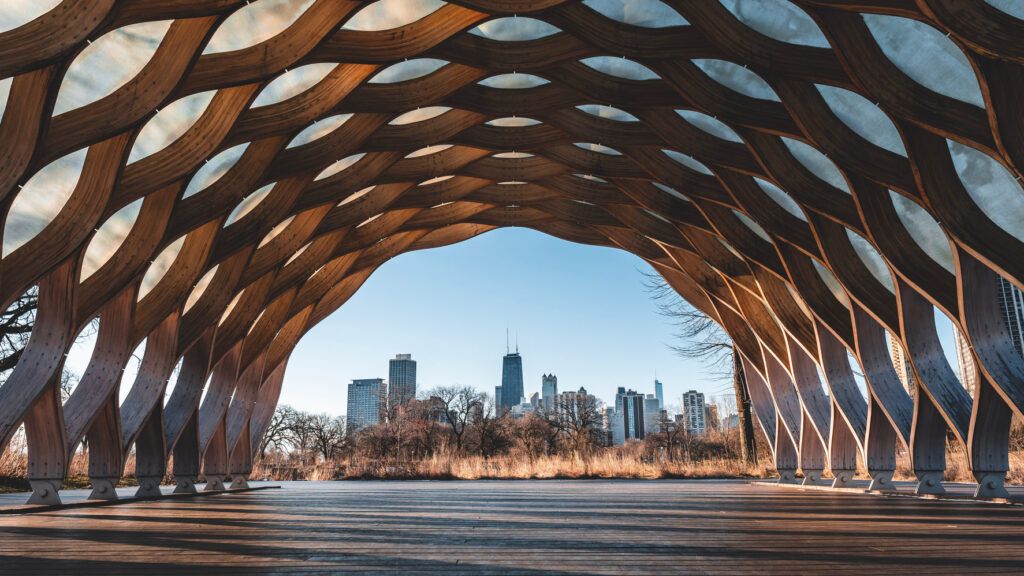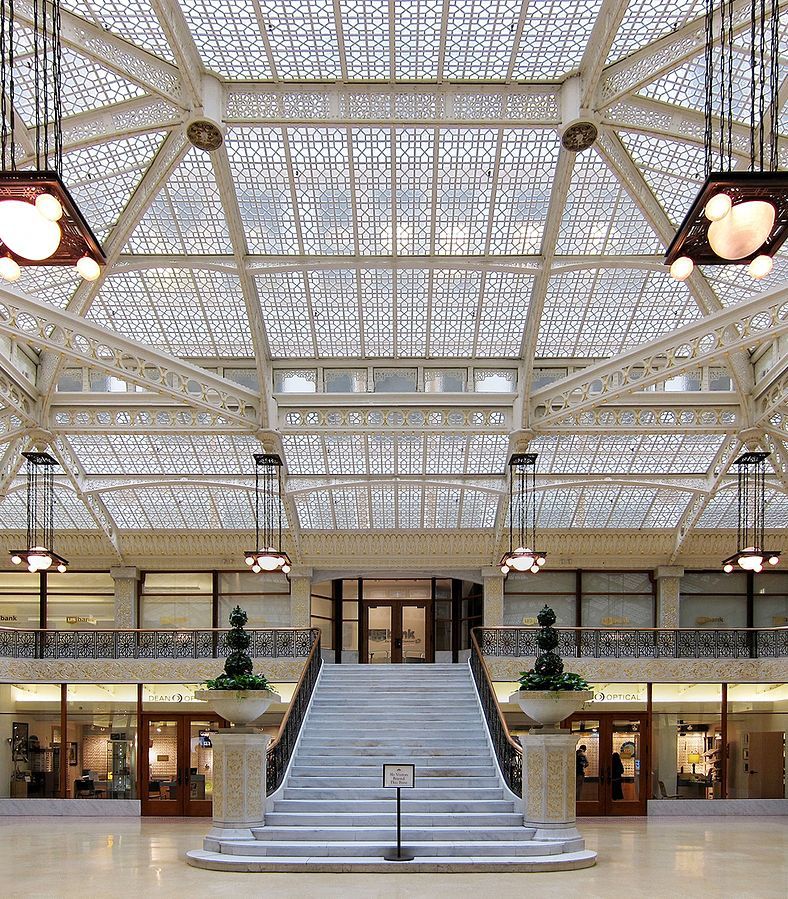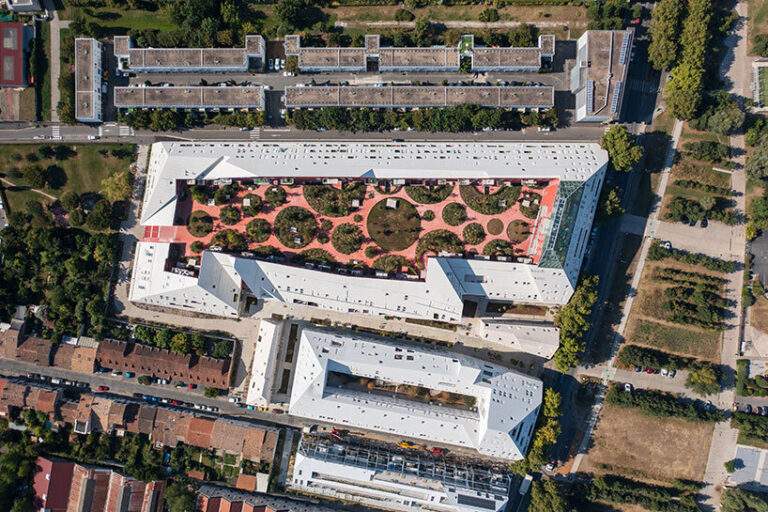Modern Architecture in Chicago: The Philosophy Behind the Iconic Designs
Chicago stands as one of the most influential centers of modern architecture globally. Within its urban fabric, groundbreaking architectural ideas have emerged, reshaping how space is conceived and experienced. This article focuses on the core principles that defined modern architecture as seen in key works from Chicago, exploring the evolution of open-plan design, integration with nature, and the broader impact on contemporary architectural thought.

Open-Plan Architecture
The concept of open-plan architecture developed as a response to the rigid room divisions typical of traditional building styles. By removing physical and visual barriers, this approach introduced a more fluid interior experience, offering greater flexibility and a sense of openness.
This idea became especially prominent in what are known as “Prairie Houses” in Illinois. These homes feature low-pitched roofs, horizontal lines that echo the flat landscape, and interconnected interior spaces that blur the boundaries between different functional areas.
| Key Features of Open-Plan Design |
|---|
| Reduced internal walls |
| Seamless transition between zones |
| Emphasis on natural light |

Architecture and Nature: Integration Over Domination
Modern architecture sought not just to create buildings but to harmonize them with their surroundings. A clear example is the Farnsworth House, where the structure becomes an extension of the natural environment rather than a separate entity.
Designed using a transparent glass enclosure elevated above the ground, the house allows uninterrupted views of the surrounding landscape. This transparency invites nature into the living experience, making it an integral part of daily life within the home.
Chicago’s Role in Shaping Modern Architecture
Chicago played a pivotal role in the development of modern architecture—not only through individual buildings but also by fostering a culture of innovation. The Loop District hosts a wide array of structures that reflect different stages of architectural evolution, ranging from early commercial buildings to high-rise towers and government complexes.
Projects like the Federal Center demonstrate how minimalism can produce strong architectural identity, while structures such as Willis Tower (formerly Sears Tower) illustrate efficiency and vertical organization in large-scale urban buildings.
Philosophical Influence on Contemporary Architecture
The philosophical underpinnings of modern architecture continue to shape current design practices. Several core values emerged from these early experiments:
- Functionality First : Design began prioritizing user needs over aesthetic form.
- Transparency and Openness : Use of materials like glass and spatial continuity became central.
- Sustainability : Greater emphasis was placed on passive design strategies, integrating natural light and ventilation.

Frequently Asked Questions
Is open-plan architecture suitable for all cultures?
Yes, though it must be adapted to suit cultural norms around privacy and social interaction.
Can the integration of buildings with nature be applied in dense urban environments?
Absolutely, through strategic planning, use of transparent materials, and incorporation of green spaces into architectural layouts.
What makes Chicago significant in shaping global architecture?
It provided a fertile ground for experimentation, giving rise to new ideas that influenced architectural trends worldwide.

Summary Table
| Main Theme | Core Idea | Practical Application |
|---|---|---|
| Open-Plan Design | Breaking down interior barriers | Prairie Houses, contemporary interiors |
| Integration with Nature | Harmonizing built and natural environments | Farnsworth House |
| Chicago’s Architectural Impact | Hub for innovation and design evolution | Loop District projects, Federal Center |
| Modern Philosophy | Function, transparency, sustainability | Contemporary global architecture |

ArchUp Opinion
Modern architecture in Chicago represents more than visually striking buildings—it reflects a deep intellectual engagement with the relationship between humans and their built environment. However, some of these designs face practical challenges, including high maintenance costs or climate adaptability issues.
It is also important to consider ongoing debates about whether these architectural models are fully adaptable to today’s diverse and rapidly changing urban contexts. Despite these concerns, Chicago’s architectural legacy remains a powerful testament to how architecture can embody a comprehensive philosophy—one that extends beyond aesthetics to include human values and environmental responsibil






